|
There are different types of novel editing: developmental editing, line editing, copyediting and proofreading. Revising in the right order is essential if you want your book to be in the best shape possible.
Feel free to enjoy this blog, and watch the complementary webinar or download the free ebook too.
Developmental editing Developmental editing comes first. This is big-picture work that involves looking at the story as a whole. You’ll also hear it called structural editing, perhaps even content editing, and the base components always include plot, structure, characterization, pace, viewpoint, narrative style, and tense.
3 things you should know about developmental editing
Line editing
Line editing is the next step in the revision process and it is stylistic work. A strong sentence elevates story; a poorly crafted one can bury it. This level of editing revises for style, sense, and flow. You might also hear line editing referred to as substantive editing or stylistic editing. Editors will be addressing the following:
3 things you should know about line editing
Copyediting
Copyediting is the technical side of sentence-level work. Editors will be addressing the following:
3 things you should know about copyediting
Proofreading
Proofreading is the last stage of the editing process prior to publication. Every novel, whether it’s being delivered in print or digitally, requires a final quality-control check. A proofreader looks for literal errors and layout problems that slipped through previous rounds of revision or were introduced at design stage. Authors preparing for print can ask a proofreader to annotate page proofs. These are almost what a reader would see if they pulled the novel off the shelf. Others ask proofreaders to amend the raw text, either because they’re preparing for epublication or for audiobook narration. Proofreaders are more than typo hunters. They check for consistency of spelling, punctuation and grammar, but also for layout problems such as (but not limited to) indentation, line spacing, inconsistent chapter drops, missing page numbers, and font and heading styles. The remit is extensive (download a free checklist). The art of good proofreading lies in knowing when to change and when to leave well enough alone. A good proofreader should understand the impact of their revisions—not only in relation to the knock-on effect on other pages but also to the cost if a third-party designer/formatter is part of the team.
3 things you should know about proofreading
Which type of editing do you need? Authors need to take their books through all the types of editing. That doesn’t mean hiring third party professionals for each stage. Writing groups, self-study courses, how-to books, and self-publishing organizations are all great sources of editorial support. If you decide to work with a professional, invest in one who can help you where you’re weakest. You might be a great structural self-editor but prone to overwriting. Or you might have nailed line craft but need help with story development. And pay attention to the order of play when it comes to revision. Fixing plot holes at proofreading stage might damage previous rounds of editing. That’s a waste of time and money that every writer wants to avoid!
Louise Harnby is a line editor, copyeditor and proofreader who specializes in working with independent authors of commercial fiction, particularly crime, thriller and mystery writers.
She is an Advanced Professional Member of the Chartered Institute of Editing and Proofreading (CIEP), a member of ACES, a Partner Member of The Alliance of Independent Authors (ALLi), and co-hosts The Editing Podcast. Visit her business website at Louise Harnby | Fiction Editor & Proofreader, say hello on Twitter at @LouiseHarnby, connect via Facebook and LinkedIn, and check out her books and courses.
3 Comments
16/3/2020 12:25:02 pm
This is a great overview of editing, Louise. I am wondering if you ever combine a light content edit along with a line edit. Very often I have a writer who has been through content editing with beta readers or a workshop, and a maybe a developmental editor,. Then the writer feels ready for line edits. But when I begin the line editing process, I find some content issues that still need addressing. Any advice on how to edit for content issues and line editing? Would you do content edits separately or working them as you go with the line edits? Because, at the finish, if rewriting scenes is required, then another line edit is often needed to get it all clean, right?
Reply
Louise Harnby
16/3/2020 07:45:40 pm
I help if I can do so reasonably quickly but since I haven’t been paid for the time it takes to do structural work, I’m more likely to flag up problems I notice and get on with the job I’ve been commissioned for. I’m not a developmental editor, and my services are outlined clearly on my website. I’m prepared to go beyond the call of duty on occasion but I’m running a business. I’d rather try to educate potential clients with articles like this so that we don’t end up in that situation in the first place!
Reply
Leave a Reply. |
BLOG ALERTSIf you'd like me to email you when a new blog post is available, sign up for blog alerts!
TESTIMONIALSDare Rogers'Louise uses her expertise to hone a story until it's razor sharp, while still allowing the author’s voice to remain dominant.'Jeff Carson'I wholeheartedly recommend her services ... Just don’t hire her when I need her.'J B Turner'Sincere thanks for a beautiful and elegant piece of work. First class.'Ayshe Gemedzhy'What makes her stand out and shine is her ability to immerse herself in your story.'Salt Publishing'A million thanks – your mark-up is perfect, as always.'CATEGORIES
All
ARCHIVES
July 2024
|
|
|
|


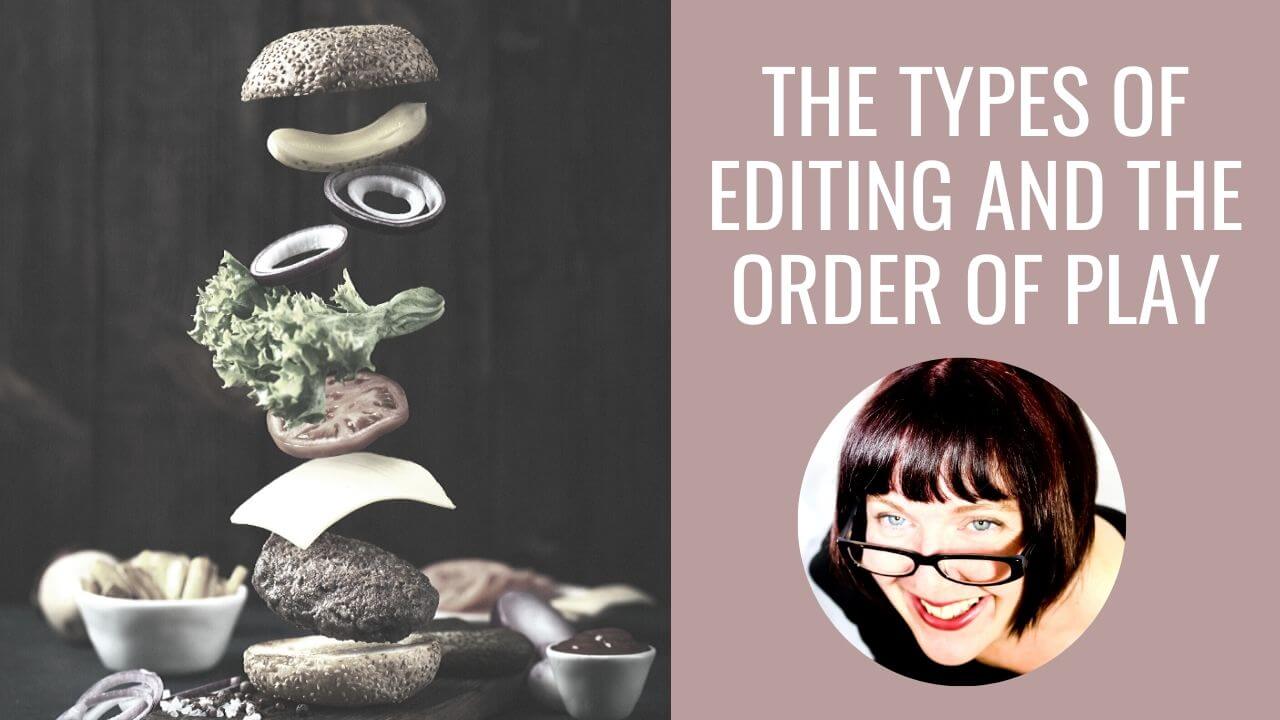
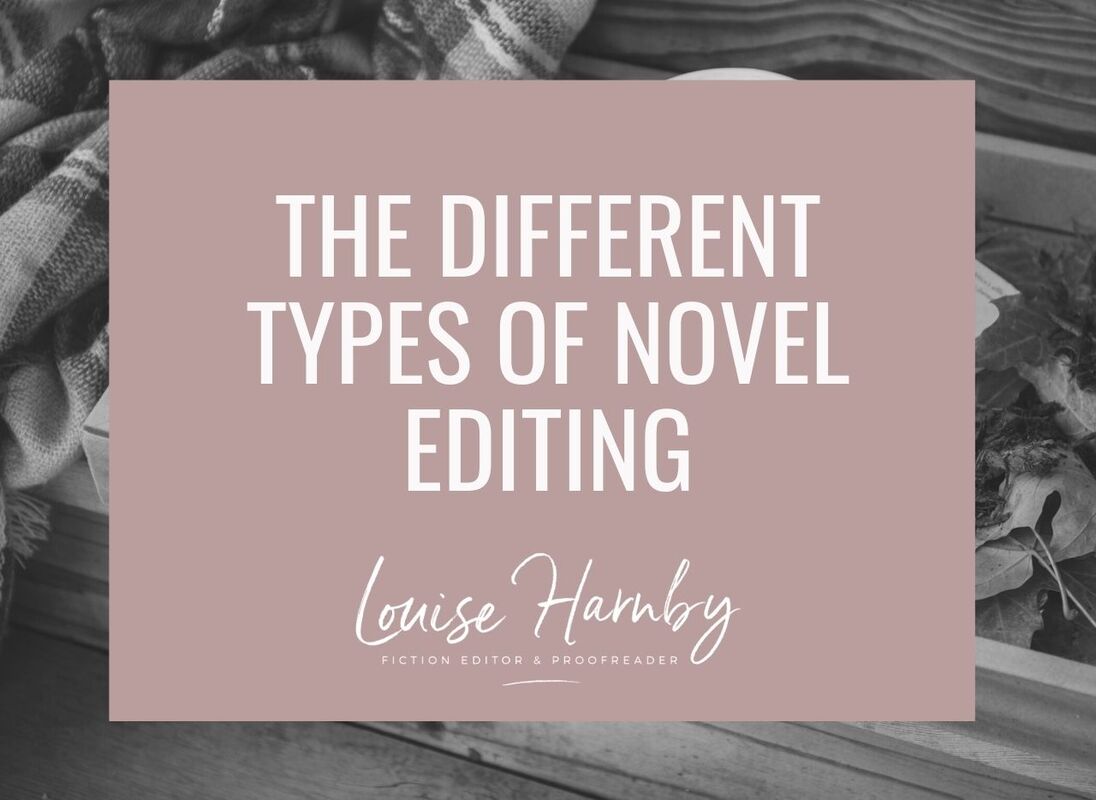
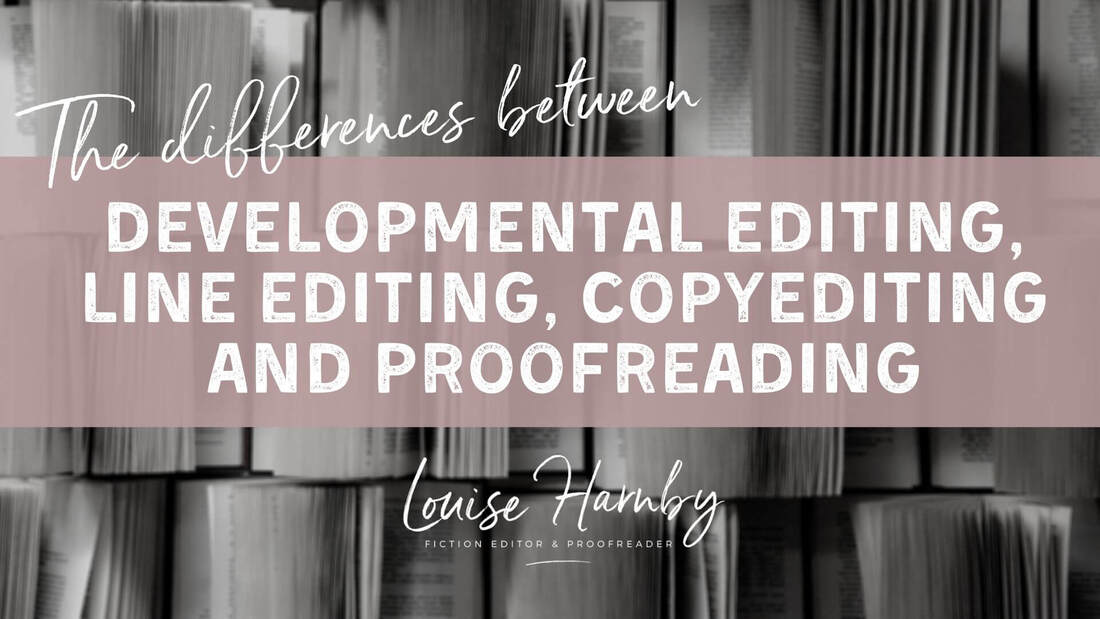
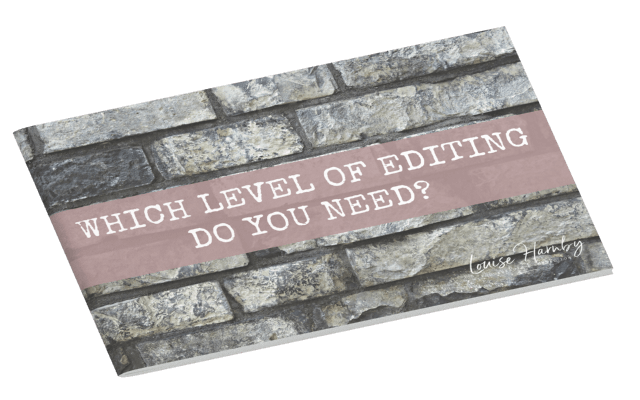

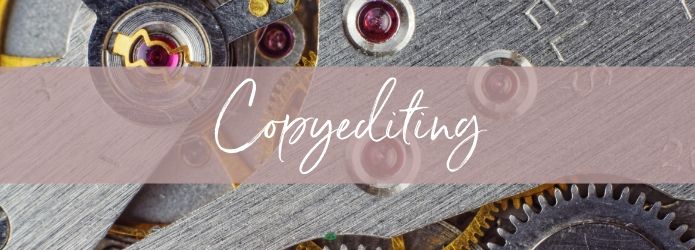
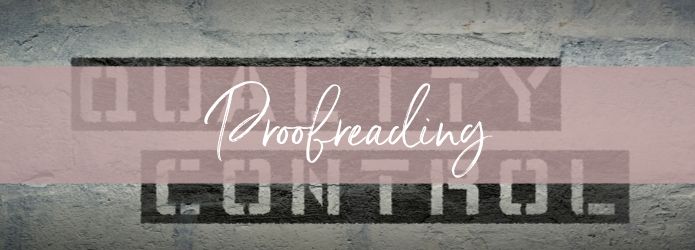













 RSS Feed
RSS Feed





